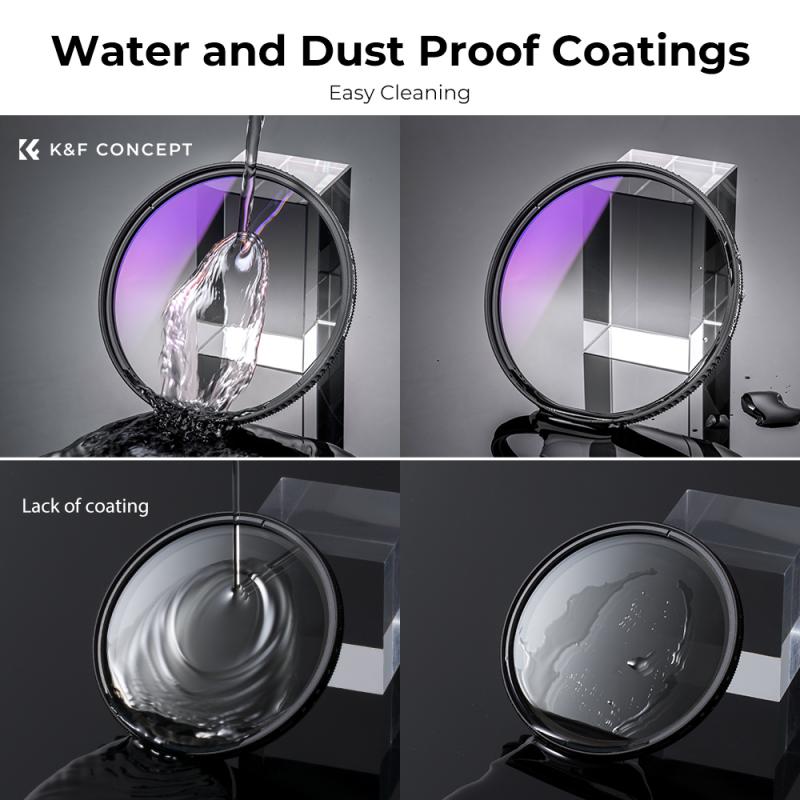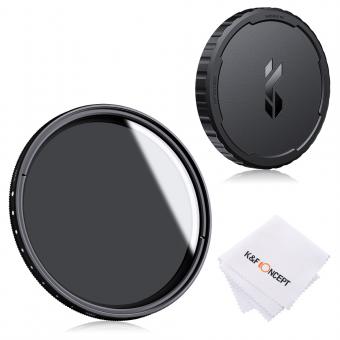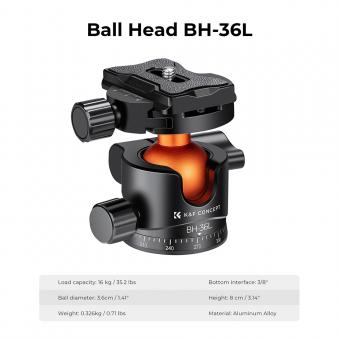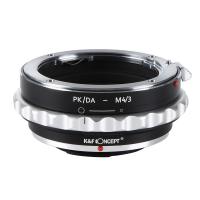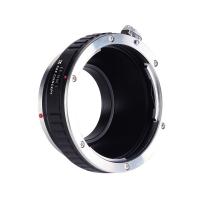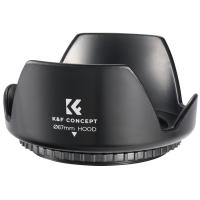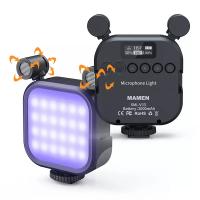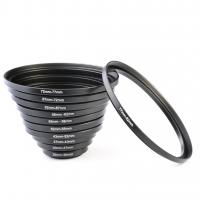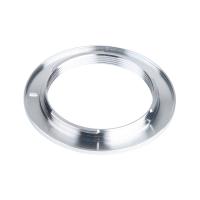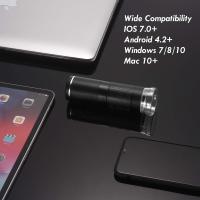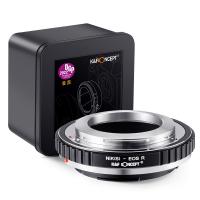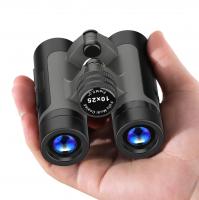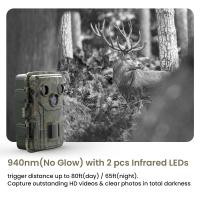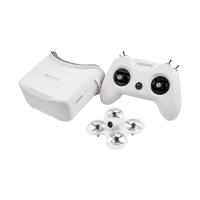What Is A 0.9 Nd Filter ?
A 0.9 ND filter is a type of neutral density filter that reduces the amount of light entering the camera by 3 stops. It is commonly used in photography and videography to achieve various creative effects, such as blurring motion or using wider apertures in bright conditions. The number "0.9" refers to the filter's optical density, indicating the level of light reduction it provides.
1、 Definition and Purpose of a 0.9 ND Filter
A 0.9 ND filter, also known as a 3-stop ND filter, is a type of neutral density filter that reduces the amount of light entering the camera by three stops. ND filters are designed to evenly reduce the intensity of light without affecting the color or hue of the image. The number 0.9 represents the optical density of the filter, indicating the amount of light it blocks.
The purpose of a 0.9 ND filter is to allow photographers and videographers to achieve certain creative effects that require longer exposure times or wider apertures. By reducing the amount of light, it enables the use of slower shutter speeds, which can create motion blur effects in moving subjects such as waterfalls or flowing clouds. It also allows for wider apertures, resulting in a shallower depth of field, which can be useful for isolating subjects from the background and creating a more visually appealing image.
Additionally, a 0.9 ND filter can be beneficial in situations where the available light is too bright, such as shooting in direct sunlight. By reducing the amount of light entering the camera, it helps prevent overexposure and allows for better control over the exposure settings.
In recent years, the use of ND filters has gained popularity among photographers and videographers due to the rise of long-exposure photography and cinematic techniques. The 0.9 ND filter is considered a versatile option, providing a moderate reduction in light that suits a wide range of shooting conditions. It allows for creative experimentation and enhances the overall quality of images and videos by providing greater control over exposure settings.
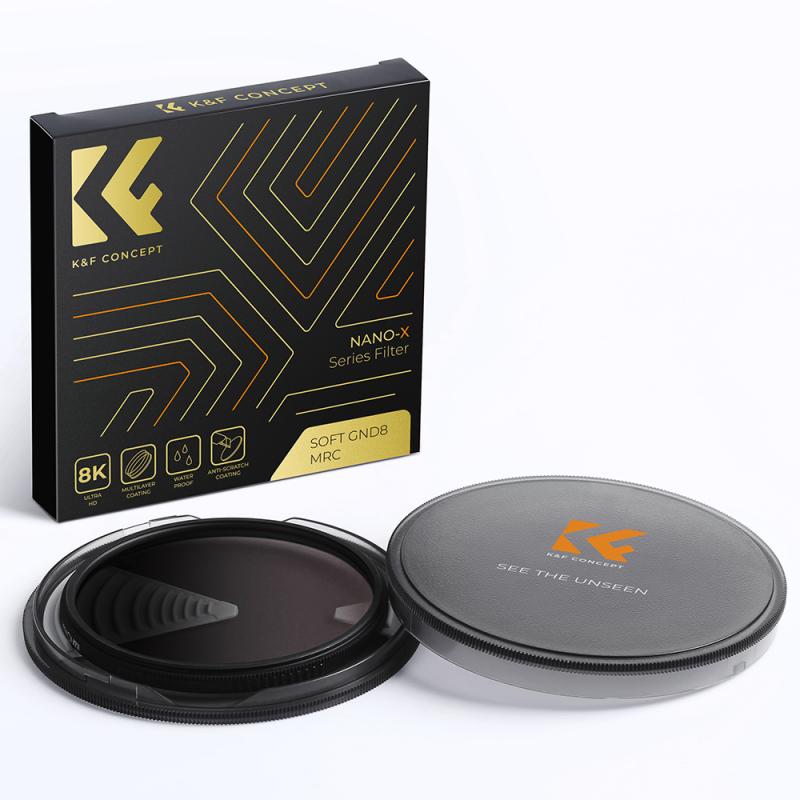
2、 Light Reduction Capability of a 0.9 ND Filter
A 0.9 ND filter, also known as a 3-stop ND filter, is a type of neutral density filter that reduces the amount of light entering the camera by three stops. ND filters are commonly used in photography and videography to control the exposure and achieve creative effects.
The light reduction capability of a 0.9 ND filter is significant. By reducing the amount of light by three stops, it allows photographers and videographers to use slower shutter speeds or wider apertures in bright conditions without overexposing the image. This is particularly useful in situations where the available light is too intense, such as shooting in direct sunlight or capturing long exposure shots during the day.
The 0.9 ND filter is a popular choice among professionals and enthusiasts alike due to its versatility. It strikes a balance between reducing light and maintaining image quality. With a 0.9 ND filter, photographers can achieve a slightly longer exposure time, which can be useful for capturing motion blur in subjects like waterfalls or moving vehicles. It also allows for shallower depth of field, enabling photographers to isolate their subjects from the background and create a pleasing bokeh effect.
In recent years, there has been an increasing demand for higher-quality ND filters that maintain color accuracy and minimize any potential image degradation. Manufacturers have responded by developing advanced coatings and materials to ensure that the 0.9 ND filters provide excellent optical performance. These advancements help to reduce color shifts, flare, and ghosting, resulting in sharper and more vibrant images.
Overall, a 0.9 ND filter is a valuable tool for photographers and videographers, offering them greater control over exposure and creative possibilities in various lighting conditions.
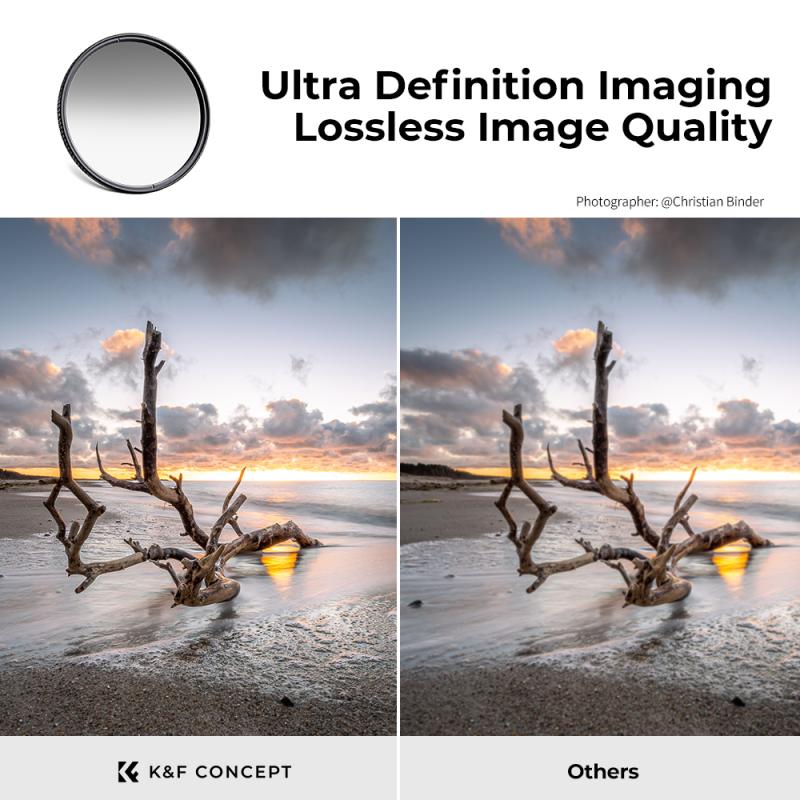
3、 Applications and Benefits of Using a 0.9 ND Filter
A 0.9 ND filter, also known as a 3-stop neutral density filter, is a camera accessory that reduces the amount of light entering the lens without affecting the color or contrast of the image. It is a popular tool among photographers and videographers for various applications.
The primary purpose of a 0.9 ND filter is to allow for longer exposure times or wider apertures in bright lighting conditions. By reducing the amount of light, it helps to prevent overexposure and allows for creative control over depth of field. This is particularly useful in landscape photography, where longer exposures can create smooth water effects or capture movement in clouds.
Additionally, a 0.9 ND filter can be used to achieve a balanced exposure when shooting in high contrast situations, such as a bright sky and a darker foreground. By reducing the intensity of the light, it helps to retain details in both the highlights and shadows, resulting in a more evenly exposed image.
Another benefit of using a 0.9 ND filter is the ability to shoot at wider apertures in bright conditions. This allows for a shallower depth of field, creating a pleasing background blur and isolating the subject from the surroundings. It is particularly useful in portrait photography, where a blurred background can help to draw attention to the subject.
In recent years, the use of 0.9 ND filters has also gained popularity in the field of cinematography. Filmmakers often employ these filters to achieve a cinematic look by using wider apertures and slower shutter speeds, resulting in a more dreamy and visually appealing aesthetic.
Overall, a 0.9 ND filter is a versatile tool that offers photographers and videographers greater control over exposure and creative possibilities. Its applications range from landscape and portrait photography to cinematography, making it a valuable accessory for any visual artist.
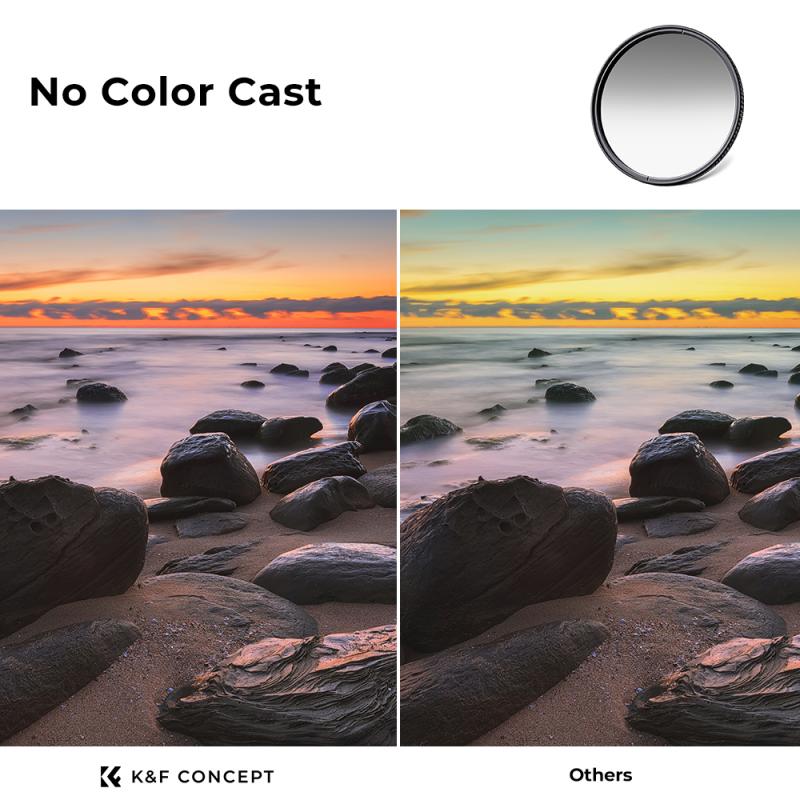
4、 Compatibility and Mounting Options for a 0.9 ND Filter
A 0.9 ND filter, also known as a 3-stop ND filter, is a type of neutral density filter that reduces the amount of light entering the camera lens by three stops. ND filters are commonly used in photography and videography to achieve certain creative effects or to overcome exposure challenges in bright lighting conditions.
The number 0.9 refers to the filter's optical density, which indicates the amount of light it blocks. In this case, the 0.9 ND filter blocks approximately 87.5% of the incoming light, allowing only 12.5% to pass through. This reduction in light helps to slow down the shutter speed, allowing for longer exposures or wider apertures without overexposing the image.
Compatibility and mounting options for a 0.9 ND filter vary depending on the camera system and lens being used. Most filters are available in standard sizes, such as 52mm, 58mm, 67mm, 77mm, and 82mm, which can be easily attached to lenses with corresponding filter threads. However, for lenses without filter threads, a filter holder system may be required.
Some filter systems offer square or rectangular filters that can be mounted using a filter holder, allowing for easy adjustment and stacking of multiple filters. This provides greater flexibility in controlling the amount of light and achieving desired effects.
It is important to note that the quality of the filter can greatly impact the image quality. Low-quality filters may introduce color casts, reduce sharpness, or cause unwanted reflections. Therefore, it is recommended to invest in high-quality filters from reputable brands to ensure optimal performance.
In recent years, there has been a rise in popularity of magnetic filter systems, which use magnetic adapters to attach the filter directly to the lens. This eliminates the need for a filter holder and provides a quick and convenient way to mount and swap filters.
Overall, a 0.9 ND filter is a versatile tool for photographers and videographers, allowing them to control exposure and achieve creative effects in various lighting conditions. The compatibility and mounting options for these filters continue to evolve with advancements in camera technology and filter systems.
